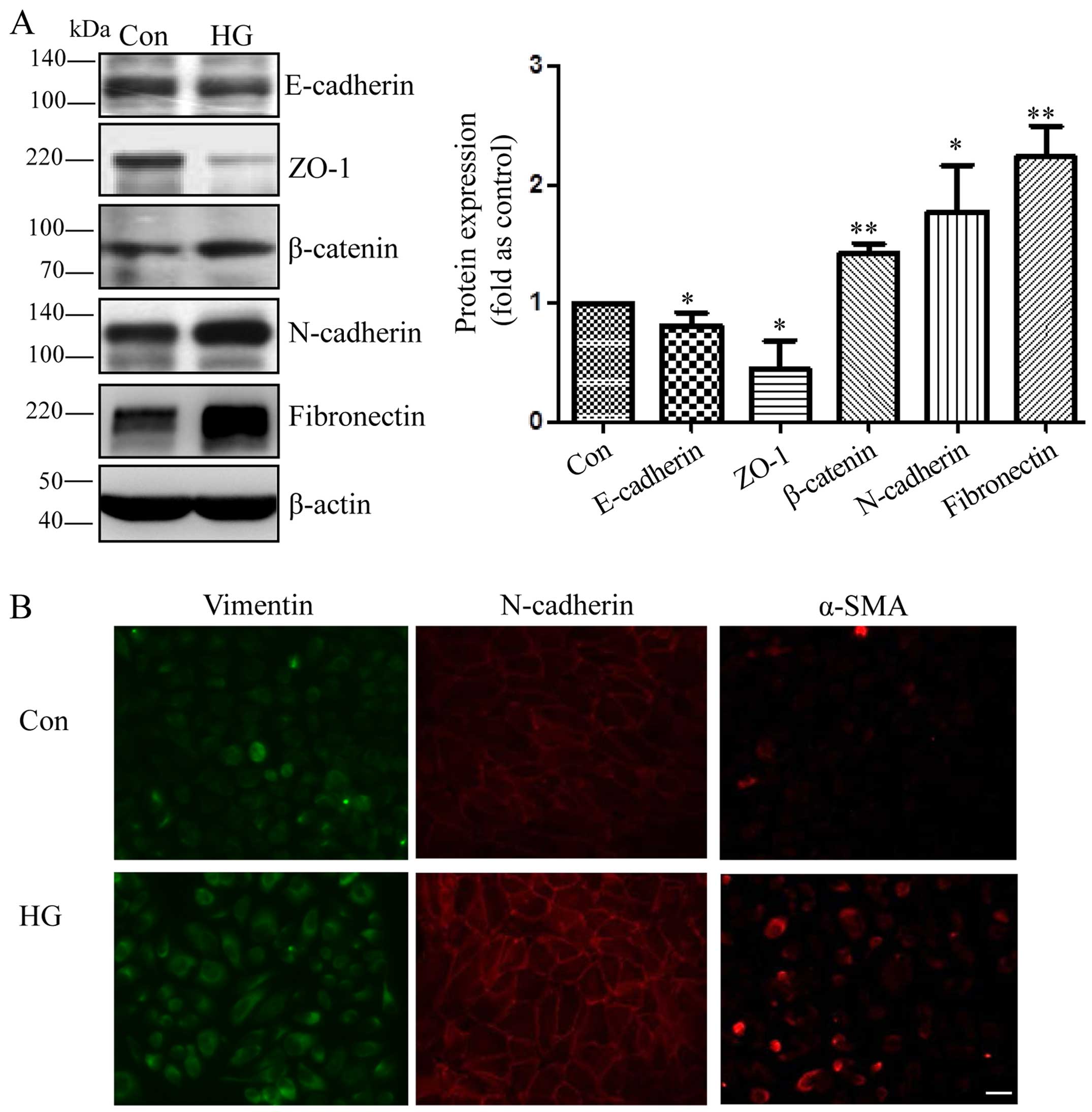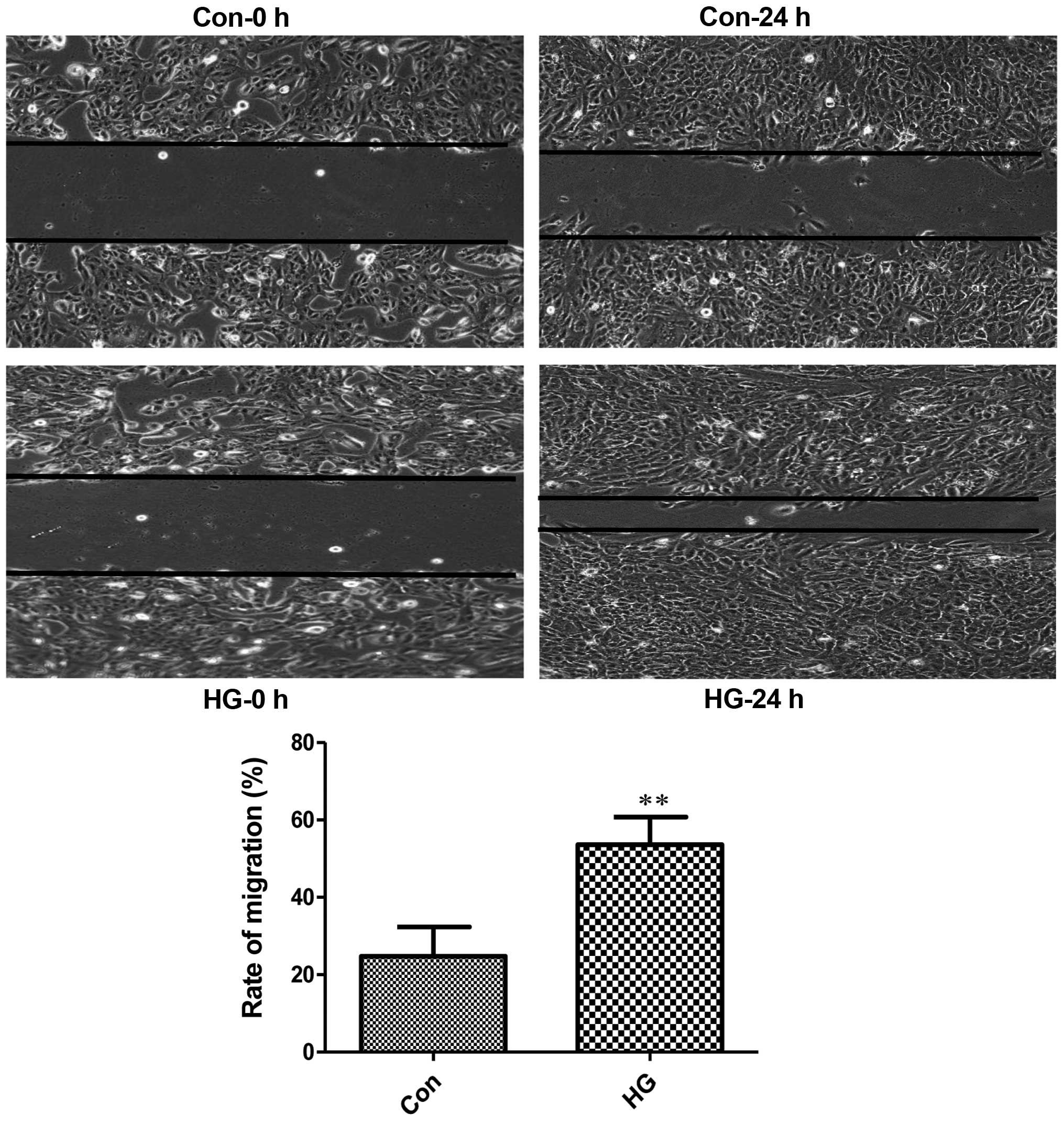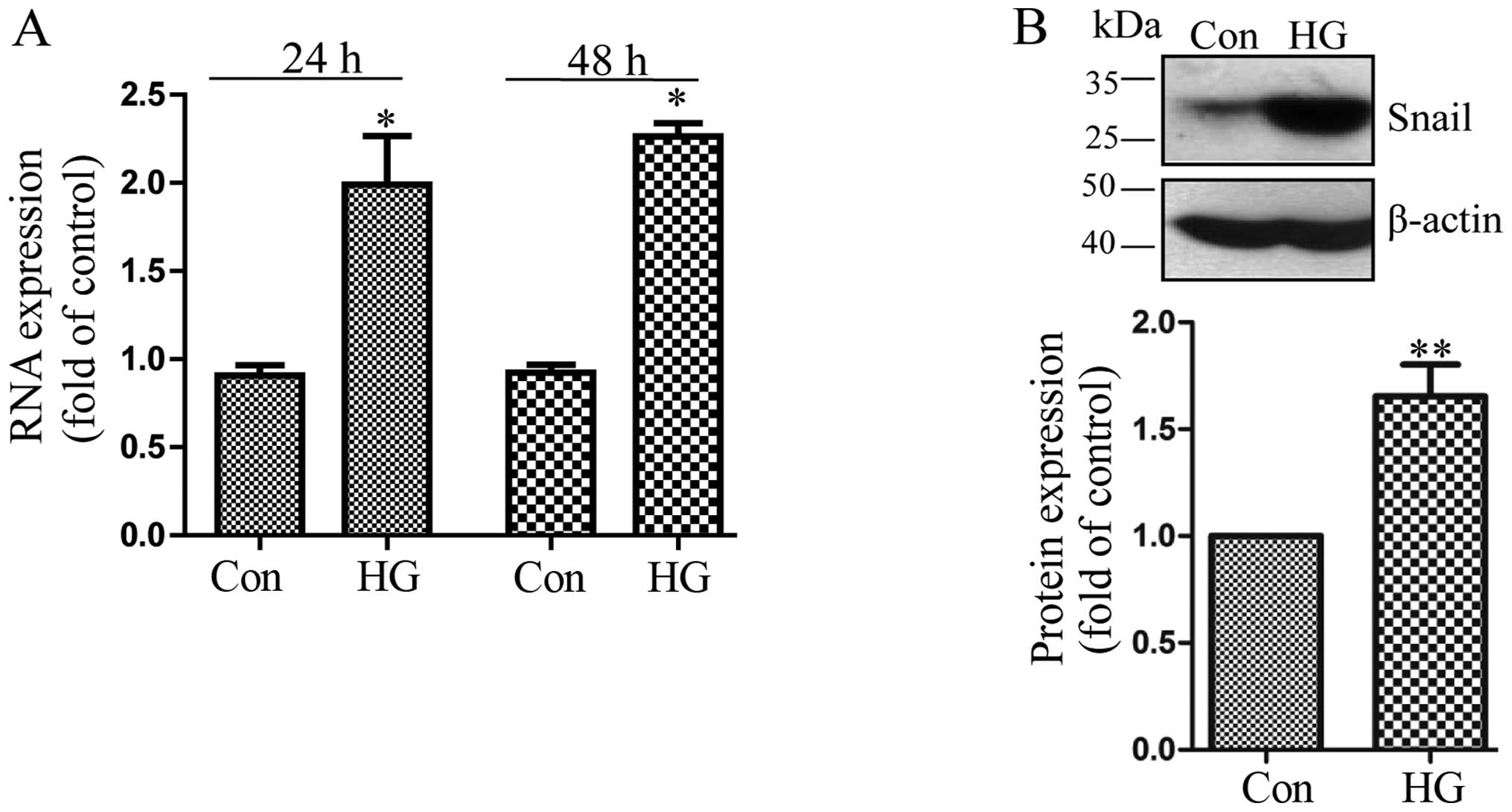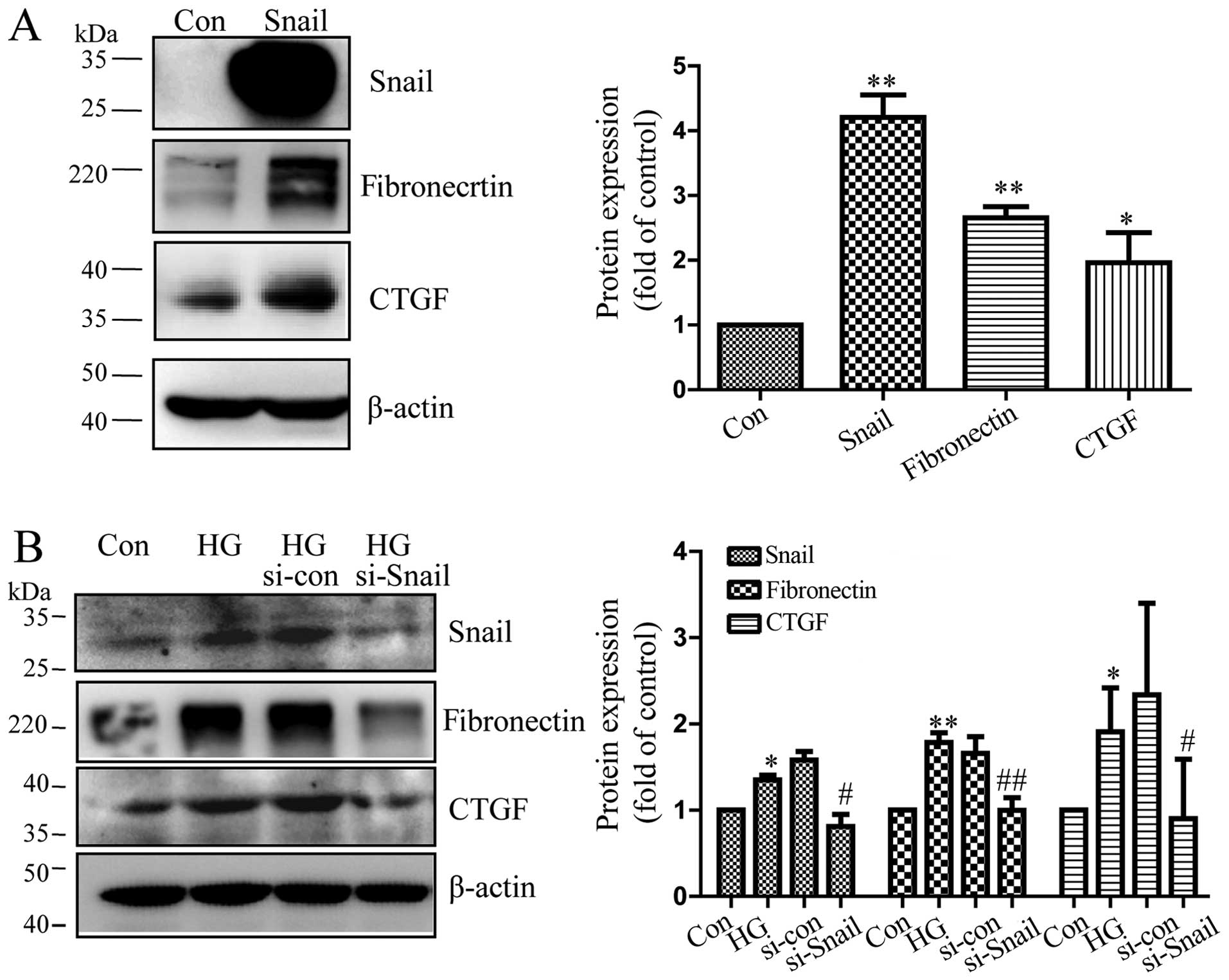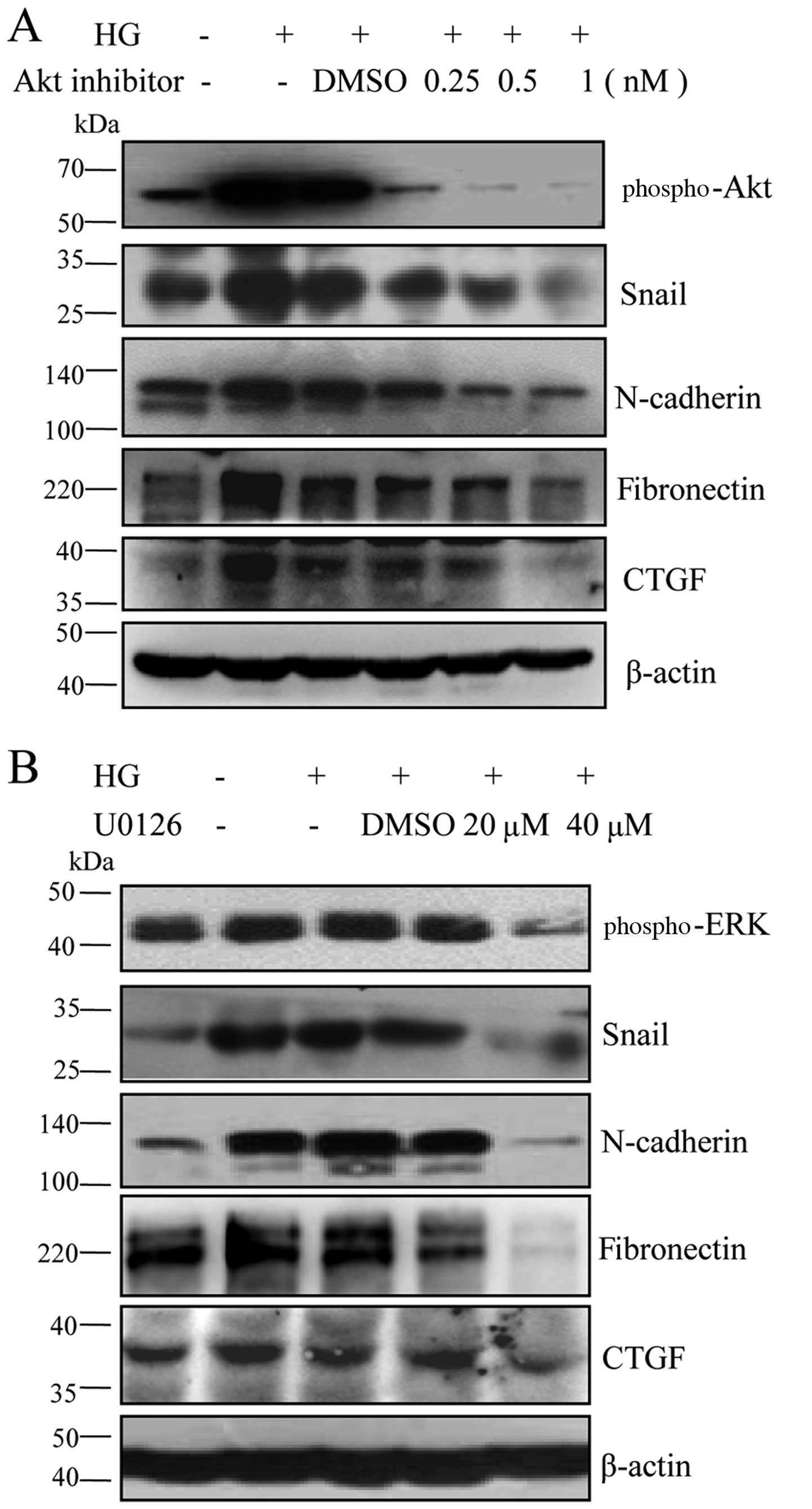|
1
|
Campochiaro PA: Pathogenic mechanisms in
proliferative vitreoretinopathy. Arch Ophthalmol. 115:237–241.
1997. View Article : Google Scholar : PubMed/NCBI
|
|
2
|
Esser P, Heimann K, Bartz-schmidt KU,
Fontana A, Schraermeyer U, Thumann G and Weller M: Apoptosis in
proliferative vitreoretinal disorders: Possible involvement of
TGF-beta-induced RPE cell apoptosis. Exp Eye Res. 65:365–378. 1997.
View Article : Google Scholar : PubMed/NCBI
|
|
3
|
Miller H, Miller B and Ryan SJ: The role
of retinal pigment epithelium in the involution of subretinal
neovascularization. Invest Ophthalmol Vis Sci. 27:1644–1652.
1986.PubMed/NCBI
|
|
4
|
Bastiaans J, van Meurs JC, van
Holten-Neelen C, Nijenhuis MS, Kolijn-Couwenberg MJ, van Hagen PM,
Kuijpers RWAM, Hooijkaas H and Dik WA: Factor Xa and thrombin
stimulate proinflammatory and profibrotic mediator production by
retinal pigment epithelial cells: A role in vitreoretinal
disorders? Graefes Arch Clin Exp Ophthalmol. 251:1723–1733. 2013.
View Article : Google Scholar : PubMed/NCBI
|
|
5
|
Qin D, Zhang GM, Xu X and Wang LY: The
PI3K/Akt signaling pathway mediates the high glucose-induced
expression of extracellular matrix molecules in human retinal
pigment epithelial cells. J Diabetes Res. 2015:9202802015.
View Article : Google Scholar : PubMed/NCBI
|
|
6
|
Carew RM, Wang B and Kantharidis P: The
role of EMT in renal fibrosis. Cell Tissue Res. 347:103–116. 2012.
View Article : Google Scholar
|
|
7
|
Nowrin K, Sohal SS, Peterson G, Patel R
and Walters EH: Epithelial-mesenchymal transition as a fundamental
underlying pathogenic process in COPD airways: Fibrosis, remodeling
and cancer. Expert Rev Respir Med. 8:547–559. 2014. View Article : Google Scholar : PubMed/NCBI
|
|
8
|
Chapman HA: Epithelial-mesenchymal
interactions in pulmonary fibrosis. Annu Rev Physiol. 73:413–435.
2011. View Article : Google Scholar
|
|
9
|
Lee SJ, Kim KH and Park KK: Mechanisms of
fibrogenesis in liver cirrhosis: The molecular aspects of
epithelial-mesenchymal transition. World J Hepatol. 6:207–216.
2014. View Article : Google Scholar : PubMed/NCBI
|
|
10
|
Srivastava SP, Koya D and Kanasaki K:
MicroRNAs in kidney fibrosis and diabetic nephropathy: Roles on EMT
and EndMT. BioMed Res Int. 2013:1254692013. View Article : Google Scholar : PubMed/NCBI
|
|
11
|
Liu Y: New insights into
epithelial-mesenchymal transition in kidney fibrosis. J Am Soc
Nephrol. 21:212–222. 2010. View Article : Google Scholar
|
|
12
|
Samatov TR, Tonevitsky AG and Schumacher
U: Epithelial-mesenchymal transition: Focus on metastatic cascade,
alternative splicing, non-coding RNAs and modulating compounds. Mol
Cancer. 12:1072013. View Article : Google Scholar : PubMed/NCBI
|
|
13
|
Kalluri R and Weinberg RA: The basics of
epithelial- mesenchymal transition. J Clin Invest. 119:1420–1428.
2009. View
Article : Google Scholar : PubMed/NCBI
|
|
14
|
Zeisberg M and Neilson EG: Biomarkers for
epithelial-mesenchymal transitions. J Clin Invest. 119:1429–1437.
2009. View
Article : Google Scholar : PubMed/NCBI
|
|
15
|
Chaffer CL, Thompson EW and Williams ED:
Mesenchymal to epithelial transition in development and disease.
Cells Tissues Organs. 185:7–19. 2007. View Article : Google Scholar : PubMed/NCBI
|
|
16
|
Thiery JP: Epithelial-mesenchymal
transitions in tumour progression. Nat Rev Cancer. 2:442–454. 2002.
View Article : Google Scholar : PubMed/NCBI
|
|
17
|
Hirasawa M, Noda K, Noda S, Suzuki M,
Ozawa Y, Shinoda K, Inoue M, Ogawa Y, Tsubota K and Ishida S:
Transcriptional factors associated with epithelial-mesenchymal
transition in choroidal neovascularization. Mol Vis. 17:1222–1230.
2011.PubMed/NCBI
|
|
18
|
Thiery JP and Sleeman JP: Complex networks
orchestrate epithelial-mesenchymal transitions. Nat Rev Mol Cell
Biol. 7:131–142. 2006. View
Article : Google Scholar : PubMed/NCBI
|
|
19
|
Chiu CJ and Taylor A: Dietary
hyperglycemia, glycemic index and metabolic retinal diseases. Prog
Retin Eye Res. 30:18–53. 2011. View Article : Google Scholar
|
|
20
|
Ghaem Maralani H, Tai BC, Wong TY, Tai ES,
Li J, Wang JJ and Mitchell P: Metabolic syndrome and risk of
age-related macular degeneration. Retina. 35:459–466. 2015.
View Article : Google Scholar
|
|
21
|
Zhou T, Hu Y, Chen Y, Zhou KK, Zhang B,
Gao G and Ma JX: The pathogenic role of the canonical Wnt pathway
in age-related macular degeneration. Invest Ophthalmol Vis Sci.
51:4371–4379. 2010. View Article : Google Scholar :
|
|
22
|
Snead DR, James S and Snead MP:
Pathological changes in the vitreoretinal junction 1: Epiretinal
membrane formation. Eye (Lond). 22:1310–1317. 2008. View Article : Google Scholar
|
|
23
|
Hazan RB, Phillips GR, Qiao RF, Norton L
and Aaronson SA: Exogenous expression of N-cadherin in breast
cancer cells induces cell migration, invasion, and metastasis. J
Cell Biol. 148:779–790. 2000. View Article : Google Scholar : PubMed/NCBI
|
|
24
|
Williams E, Williams G, Gour BJ, Blaschuk
OW and Doherty P: A novel family of cyclic peptide antagonists
suggests that N-cadherin specificity is determined by amino acids
that flank the HAV motif. J Biol Chem. 275:4007–4012. 2000.
View Article : Google Scholar : PubMed/NCBI
|
|
25
|
De Wever O, Westbroek W, Verloes A,
Bloemen N, Bracke M, Gespach C, Bruyneel E and Mareel M: Critical
role of N-cadherin in myofibroblast invasion and migration in vitro
stimulated by colon-cancer-cell-derived TGF-beta or wounding. J
Cell Sci. 117:4691–4703. 2004. View Article : Google Scholar : PubMed/NCBI
|
|
26
|
Bharti K, Nguyen MT, Skuntz S, Bertuzzi S
and Arnheiter H: The other pigment cell: specification and
development of the pigmented epithelium of the vertebrate eye.
Pigment Cell Res. 19:380–394. 2006. View Article : Google Scholar : PubMed/NCBI
|
|
27
|
Strauss O: The retinal pigment epithelium
in visual function. Physiol Rev. 85:845–881. 2005. View Article : Google Scholar : PubMed/NCBI
|
|
28
|
Winkler JL, Kedees MH, Guz Y and Teitelman
G: Inhibition of connective tissue growth factor by small
interfering ribonucleic acid prevents increase in extracellular
matrix molecules in a rodent model of diabetic retinopathy. Mol
Vis. 18:874–886. 2012.PubMed/NCBI
|
|
29
|
Austin BA, Liu B, Li Z and Nussenblatt RB:
Biologically active fibronectin fragments stimulate release of
MCP-1 and catabolic cytokines from murine retinal pigment
epithelium. Invest Ophthalmol Vis Sci. 50:2896–2902. 2009.
View Article : Google Scholar : PubMed/NCBI
|
|
30
|
Kothary PC, Badhwar J, Weng C and Del
Monte MA: Impaired intracellular signaling may allow upregulation
of CTGF-synthesis and secondary peri-retinal fibrosis in human
retinal pigment epithelial cells from patients with age-related
macular degeneration. Adv Exp Med Biol. 664:419–428. 2010.
View Article : Google Scholar
|
|
31
|
Tikellis C, Cooper ME, Twigg SM, Burns WC
and Tolcos M: Connective tissue growth factor is upregulated in the
diabetic retina: Amelioration by angiotensin-converting enzyme
inhibition. Endocrinology. 145:860–866. 2004. View Article : Google Scholar
|
|
32
|
Kuiper EJ, Witmer AN, Klaassen I, Oliver
N, Goldschmeding R and Schlingemann RO: Differential expression of
connective tissue growth factor in microglia and pericytes in the
human diabetic retina. Br J Ophthalmol. 88:1082–1087. 2004.
View Article : Google Scholar : PubMed/NCBI
|
|
33
|
Cherian S and Roy S, Pinheiro A and Roy S:
Tight glycemic control regulates fibronectin expression and
basement membrane thickening in retinal and glomerular capillaries
of diabetic rats. Invest Ophthalmol Vis Sci. 50:943–949. 2009.
View Article : Google Scholar
|
|
34
|
Roy S, Cagliero E and Lorenzi M:
Fibronectin overexpression in retinal microvessels of patients with
diabetes. Invest Ophthalmol Vis Sci. 37:258–266. 1996.PubMed/NCBI
|
|
35
|
Hughes JM, Kuiper EJ, Klaassen I, Canning
P, Stitt AW, Van Bezu J, Schalkwijk CG, Van Noorden CJ and
Schlingemann RO: Advanced glycation end products cause increased
CCN family and extracellular matrix gene expression in the diabetic
rodent retina. Diabetologia. 50:1089–1098. 2007. View Article : Google Scholar : PubMed/NCBI
|
|
36
|
Martinez G and de Iongh RU: The lens
epithelium in ocular health and disease. Int J Biochem Cell Biol.
42:1945–1963. 2010. View Article : Google Scholar : PubMed/NCBI
|
|
37
|
Neuzillet C, Tijeras-Raballand A, de
Mestier L, Cros J, Faivre S and Raymond E: MEK in cancer and cancer
therapy. Pharmacol Ther. 141:160–171. 2014. View Article : Google Scholar
|
|
38
|
Yuan L, Hu J, Luo Y, Liu Q, Li T, Parish
CR, Freeman C, Zhu X, Ma W, Hu X, et al: Upregulation of heparanase
in high-glucose-treated endothelial cells promotes endothelial cell
migration and proliferation and correlates with Akt and
extracellular-signal-regulated kinase phosphorylation. Mol Vis.
18:1684–1695. 2012.PubMed/NCBI
|
|
39
|
Qin D, Zheng XX and Jiang YR: Apelin-13
induces proliferation, migration, and collagen I mRNA expression in
human RPE cells via PI3K/Akt and MEK/Erk signaling pathways. Mol
Vis. 19:2227–2236. 2013.PubMed/NCBI
|
|
40
|
Sasore T, Reynolds AL and Kennedy BN:
Targeting the PI3K-Akt-mTOR pathway in ocular neovascularization.
Adv Exp Med Biol. 801:805–811. 2014. View Article : Google Scholar
|
|
41
|
Yuan Z, Feng W, Hong J, Zheng Q, Shuai J
and Ge Y: p38MAPK and ERK promote nitric oxide production in
cultured human retinal pigmented epithelial cells induced by high
concentration glucose. Nitric Oxide. 20:9–15. 2009. View Article : Google Scholar
|
|
42
|
Radeke MJ, Radeke CM, Shih YH, Hu J, Bok
D, Johnson LV and Coffey PJ: Restoration of mesenchymal retinal
pigmented epithelial cells by TGFβ pathway inhibitors: Implications
for age-related macular degeneration. Genome Med. 7:582015.
View Article : Google Scholar
|
|
43
|
Simó R, Villarroel M, Corraliza L,
Hernández C and Garcia-Ramírez M: The retinal pigment epithelium:
Something more than a constituent of the blood-retinal barrier -
implications for the pathogenesis of diabetic retinopathy. J Biomed
Biotechnol. 2010:1907242010. View Article : Google Scholar
|
|
44
|
Dahrouj M, Desjardins DM, Liu Y, Crosson
CE and Ablonczy Z: Receptor mediated disruption of retinal pigment
epithelium function in acute glycated-albumin exposure. Exp Eye
Res. 137:50–56. 2015. View Article : Google Scholar : PubMed/NCBI
|
|
45
|
Cao Y, Feng B, Chen S, Chu Y and
Chakrabarti S: Mechanisms of endothelial to mesenchymal transition
in the retina in diabetes. Invest Ophthalmol Vis Sci. 55:7321–7331.
2014. View Article : Google Scholar : PubMed/NCBI
|
|
46
|
Sonnylal S, Xu S, Jones H, Tam A, Sreeram
VR, Ponticos M, Norman J, Agrawal P, Abraham D and de Crombrugghe
B: Connective tissue growth factor causes EMT-like cell fate
changes in vivo and in vitro. J Cell Sci. 126:2164–2175. 2013.
View Article : Google Scholar : PubMed/NCBI
|
|
47
|
Yang Z, Sun L, Nie H, Liu H, Liu G and
Guan G: Connective tissue growth factor induces tubular epithelial
to mesenchymal transition through the activation of canonical Wnt
signaling in vitro. Ren Fail. 37:129–135. 2015. View Article : Google Scholar
|
|
48
|
Qiao M, Sheng S and Pardee AB: Metastasis
and AKT activation. Cell Cycle. 7:2991–2996. 2008. View Article : Google Scholar : PubMed/NCBI
|



